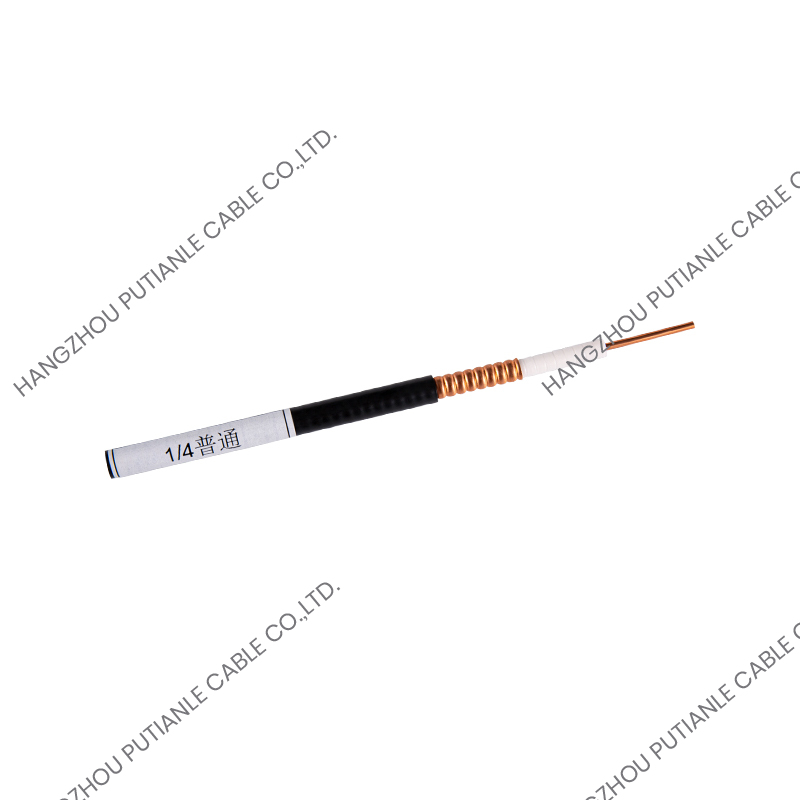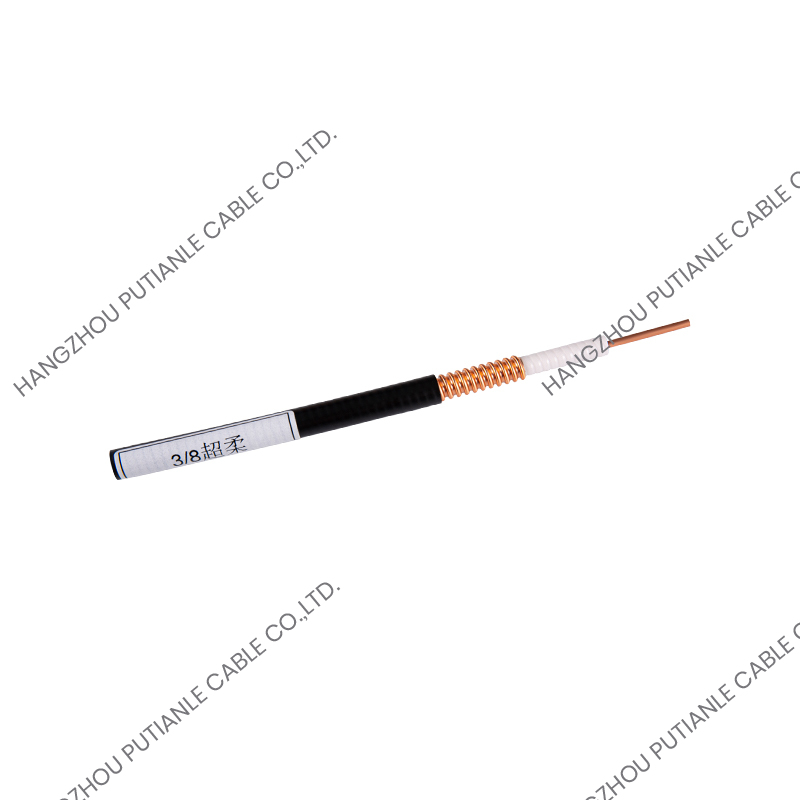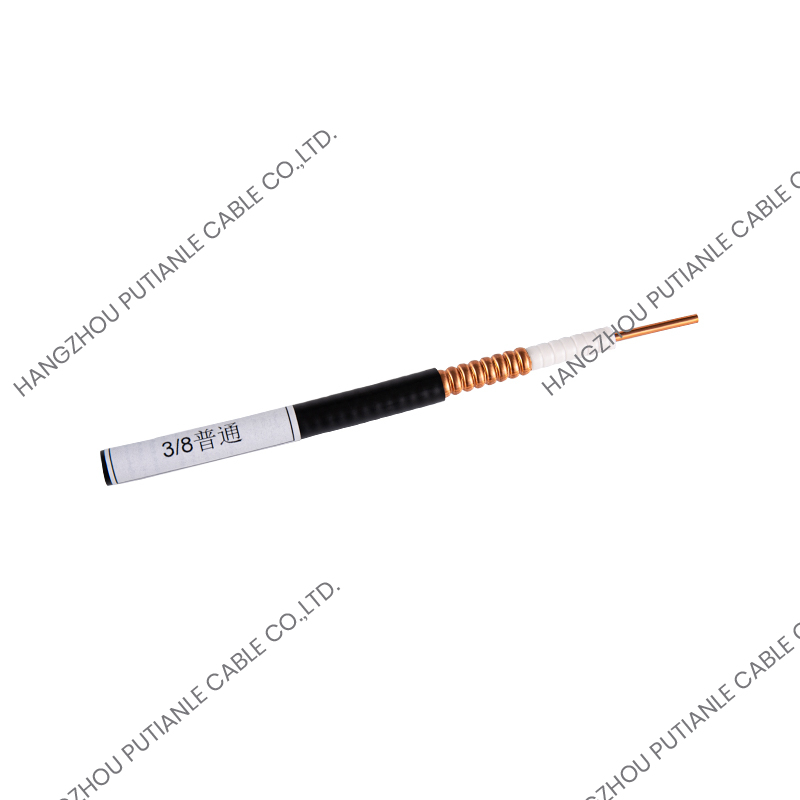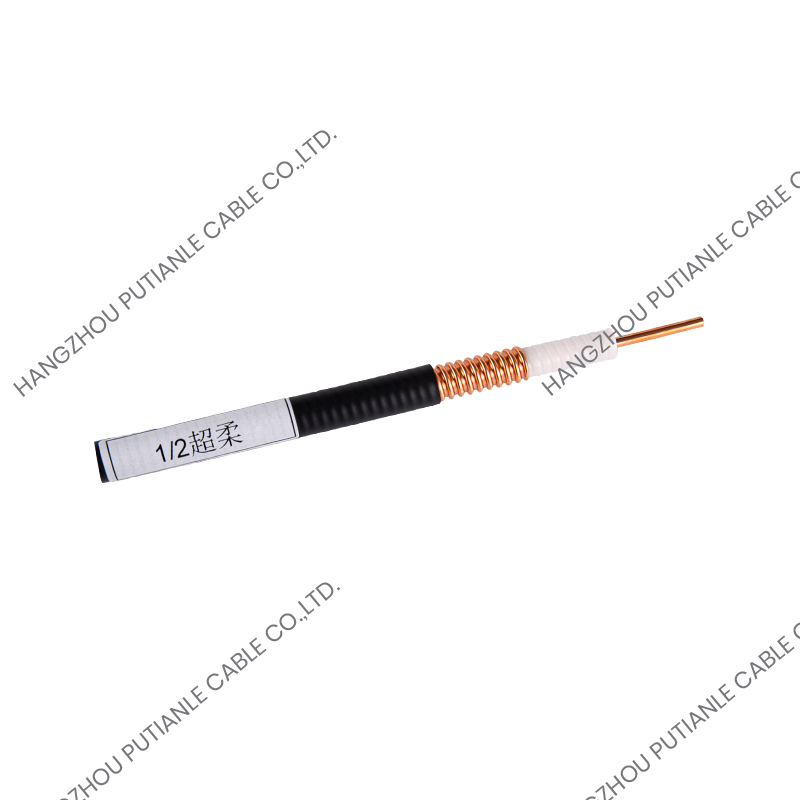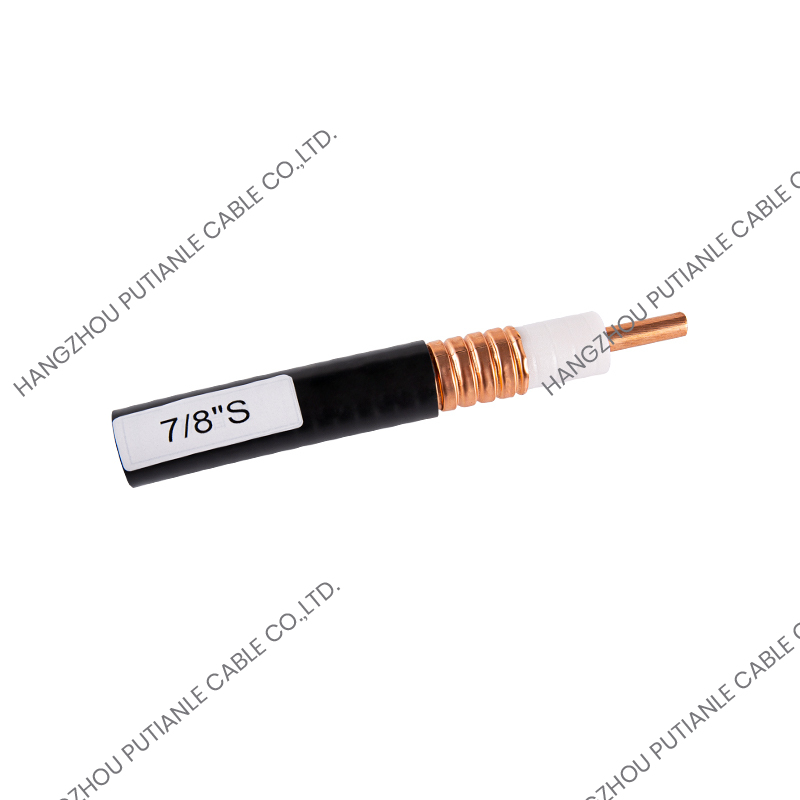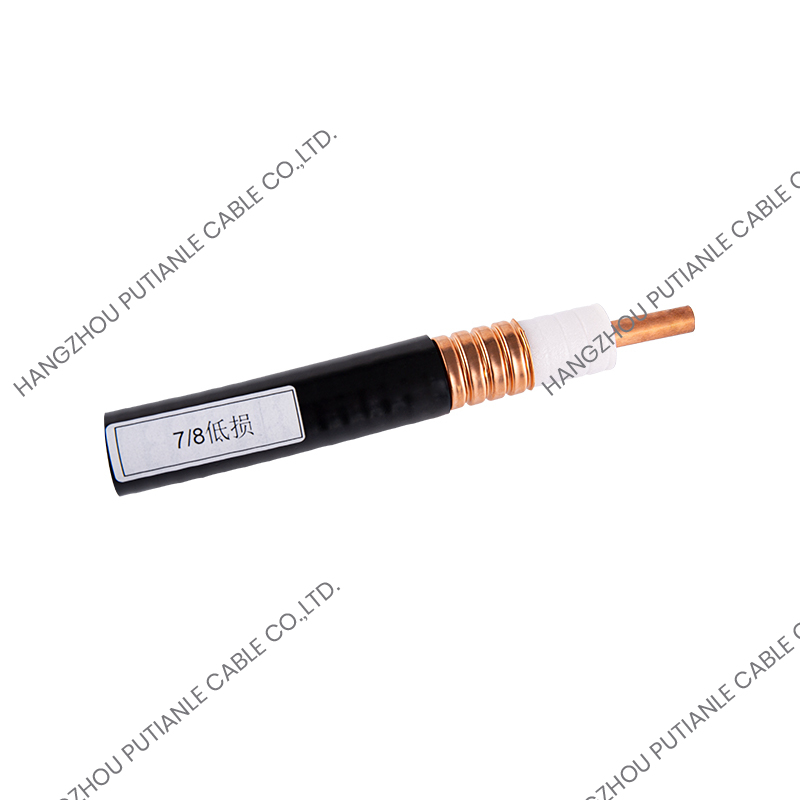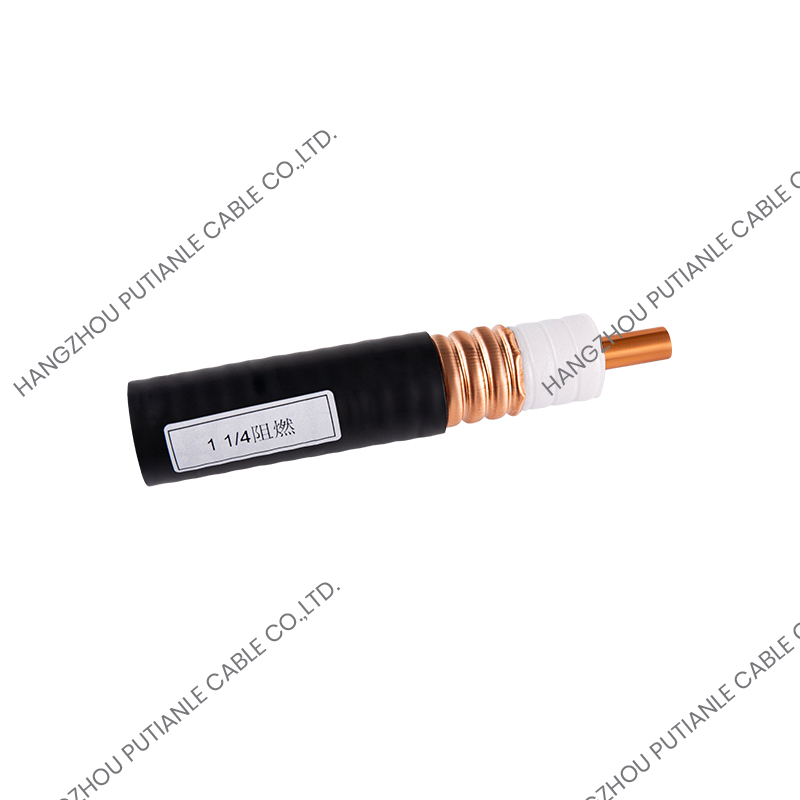In the world of modern electronics and RF (Radio Frequency) transmission, cabling plays a critical role in ensuring signal integrity, minimal interference, and consistent performance. Among the many types of cables used in RF and microwave applications, the 50 Ohm braiding cable stands out as a top choice for engineers and technicians.
What Is a 50 Ohm Braiding Cable?
A 50 Ohm braiding cable is a coaxial cable designed with a characteristic impedance of 50 ohms. It typically consists of:
Inner Conductor: Usually copper or silver-plated copper for excellent conductivity.
Dielectric Insulation: Made of materials like polyethylene (PE), PTFE (Teflon), or foam to maintain impedance.
Braided Shield: A woven layer of metal (typically copper or tinned copper) that provides both mechanical strength and electromagnetic shielding.
Outer Jacket: Often PVC, PE, or FEP for environmental protection.
The braided shielding is particularly critical as it reduces EMI (electromagnetic interference) and provides flexibility, making these cables suitable for dynamic or mobile environments.
Why Is 50 Ohms the Standard in RF?
The 50 Ohm impedance is a well-established standard in RF design. It offers a good compromise between power handling and signal attenuation. Theoretical studies and practical testing have shown that 50 Ohms is optimal for:
High power transmission
Lower voltage standing wave ratio (VSWR)
Efficient signal transfer across connectors and components
Key Advantages of 50 Ohm Braiding Cable
Excellent Shielding: The braided metal layer minimizes RF leakage and protects against external electromagnetic interference.
High Power Handling: Perfect for high-frequency and high-power applications like transmitters and amplifiers.
Low Loss: Superior dielectric materials and quality construction ensure minimal signal degradation.
Durability and Flexibility: Suitable for both fixed installations and moving components, often used in aerospace and military environments.
Compatibility: Widely used with standard RF connectors like SMA, BNC, and N-Type.
Common Applications
Telecommunications: Used in base stations, antenna feeds, and signal distribution.
Broadcasting: Ideal for camera links, studio equipment, and satellite transmission.
Laboratories and Testing: Essential for network analyzers, oscilloscopes, and other test gear.
Aerospace and Defense: Ensures reliable signal transfer under extreme environmental conditions.
Medical Devices: Critical for diagnostic equipment such as MRI and ultrasound systems.
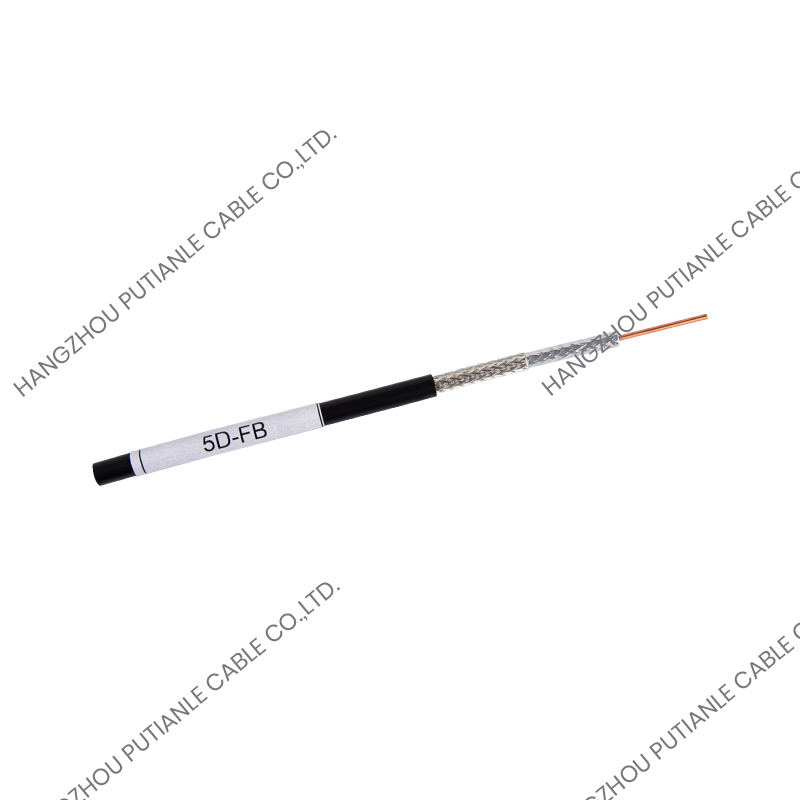
How to Choose the Right 50 Ohm Braiding Cable?
When selecting a 50 Ohm braided cable, consider the following factors:
Frequency Range: Ensure the cable supports your application’s bandwidth.
Attenuation: Lower loss cables are preferred for long-distance or sensitive transmissions.
Shielding Effectiveness: Higher braid coverage or double-braiding offers better EMI protection.
Flexibility: Choose a more flexible design for applications with movement or tight bending.
Connector Compatibility: Confirm matching connectors are available.
FAQs About 50 Ohm Braiding Cable
Q: Can I use 50 Ohm cable for video applications?
A: 50 Ohm cables can work for some video systems, but 75 Ohm is typically preferred for analog and digital video due to lower attenuation and better impedance matching for video signals.
Q: What is the difference between 50 Ohm and 75 Ohm cables?
A: 50 Ohm cables are better for RF power transmission and handling, while 75 Ohm cables are optimized for video and signal quality with less power.
Q: Is double shielding better than single braid?
A: Yes. Double shielding (braid plus foil or double braid) offers superior EMI protection, especially in electrically noisy environments.
Q: Can I use a 50 Ohm cable with Wi-Fi antennas?
A: Yes, most Wi-Fi antennas are designed for 50 Ohm systems. Using the correct impedance is critical to avoid signal loss or reflection.
Final Thoughts
The 50 Ohm braiding cable remains a cornerstone of RF and high-frequency transmission infrastructure. Its balance of durability, low signal loss, and EMI protection makes it indispensable across industries. Whether you're building a telecom network, outfitting a lab, or integrating aerospace systems, this cable is a reliable partner in achieving optimal performance. Choosing the right variant of 50 Ohm braided cable tailored to your application ensures signal integrity and operational excellence.


 中文简体
中文简体 English
English Español
Español

